
OR
Blog
Why I think Rabindra Mishra is right
Published On: August 3, 2021 07:05 PM NPT By: Akhilesh Tripathi
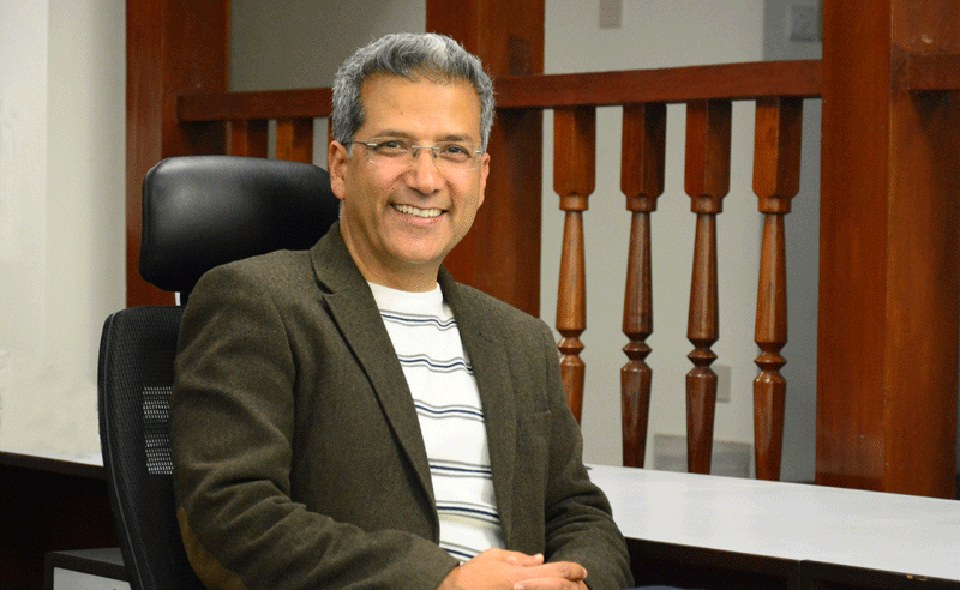
More from Author
Bibeksheel Sajha Party Chairman Rabindra Mishra has stirred up a hornet’s nest. And the hornets are after him because Mishra thinks and says that federalism should be immediately abolished while the people of Nepal should be allowed to decide the fate of secularism through a referendum.
Mishra’s bold statement has earned him a lot of opponents, including some in his own party. Even the coordinator of Bibeksheel Sajha, Milan Pandey has gone on to call Mishra’s proposal ‘regressive’ and ‘pro-monarchist’. ``Mishra's proposal has come up with the intention of reviving the monarchy,” is one of the headlines of the interview given by Pandey.
It seems the Nepalis on social media are divided on the issue as Mishra has found tremendous support as well, including in his own party. A few central members of Bebeksheel Sajha have come forward to defend Mishra.
Personally, I think Mishra is right. And there are valid reasons for thinking so.
Gone are the days when you could silence critics of republicanism, federalism and secularism by calling them ‘regressive’ and ‘monarchists’.
As a journalist who extensively covered the People’s Movement II in 2006, I never heard the protesters demand or sloganeer in favor of federalism and secularism (I was among the journalists beaten by the police while covering the people’s protests at Chuchchepati in the capital city). Yes, some of the protestors would shout slogans against the then king and demand a republic. But it was not difficult to figure out that they were mostly from the Maoist party, not from the then seven-party alliance (SPA).
Also, there was no mention of the political trilogy – republicanism, federalism and secularism – even in the 12-point agreement signed between the Maoists and the SPA at the behest of India in New Delhi that formed the bedrock of the People’s Movement II.
All that the 12-point deal said about the monarchy was – “establishing a full democracy by ending absolute monarchy”. Mind you - not monarchy but ‘absolute’ monarchy. I think there is a lot of difference between ‘ending monarchy’ and ‘ending absolute monarchy’. The two are NOT THE SAME.
I think, ‘autocratic’ or ‘absolute’ monarchy (not monarchy) in Nepal came to an end when King Gyanendra surrendered to the power of the people, reinstated the dissolved parliament and handed the reins of government back to the political parties.
Again, I don’t think ‘full democracy’ necessarily means a republic. If that were the case, then countries like the UK, Japan, and several Scandinavian countries which have achieved exemplary development and prosperity would have to be called ‘half democracies’ because they have monarchies!
In the case of federalism and secularism, not only were these terms not mentioned in the 12-point deal but also, they were not part of the agenda of Jananadonal II.
So, the question naturally arises: how did the political trilogy – republicanism, federalism and secularism – become the mainstream of Nepali politics without direct approval from the Nepali people? This is a question which nobody has answered convincingly so far.
Mishra has already rightly questioned the relevance of federalism and secularism in the country. Indeed, he has a right to do so.
In fact, Mr Mishra can be congratulated for daring to ruffle more than a few feathers! I would just like to add to his proposition that the declaration of a republic, too, is as questionable as that of secularism and federalism.
Dear hornets, you are free to call me a ‘regressive person’, or a ‘monarchist’ though all I have done is call a spade a spade!
You May Like This
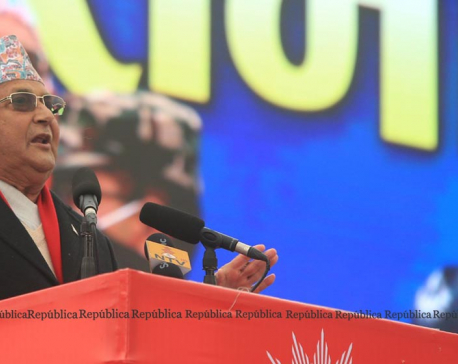
PM Oli clarifies his stance on monarchy and federalism
“KP Oli who spent years in prison to overthrow the monarchy can’t think of reinstating it” ... Read More...
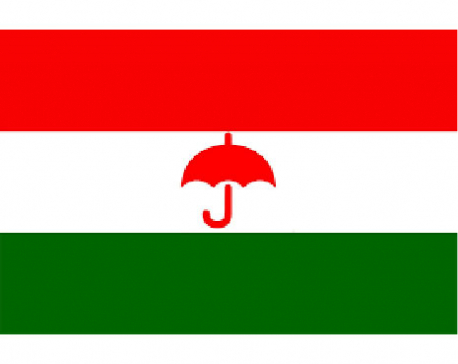
RJPN bats for alliance with ethnic parties to revive identity movement
KATHMANDU, June 25: Rastriya Janata Party Nepal (RJPN) has begun talks to form alliance with fringe parties in order to... Read More...
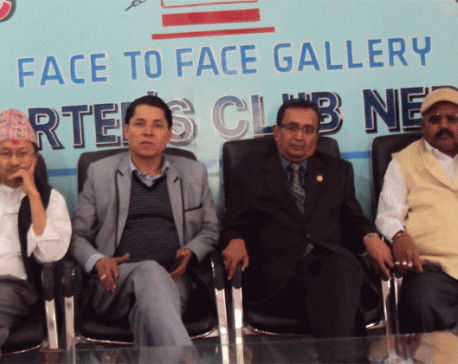
No compromise with federalism, secularism and republic: NC Chief Whip Shrestha
KATHMANDU, Oct 12: Chief whip of the Nepali Congress (NC) Chinkaji Shrestha on Wednesday said that his party will not... Read More...
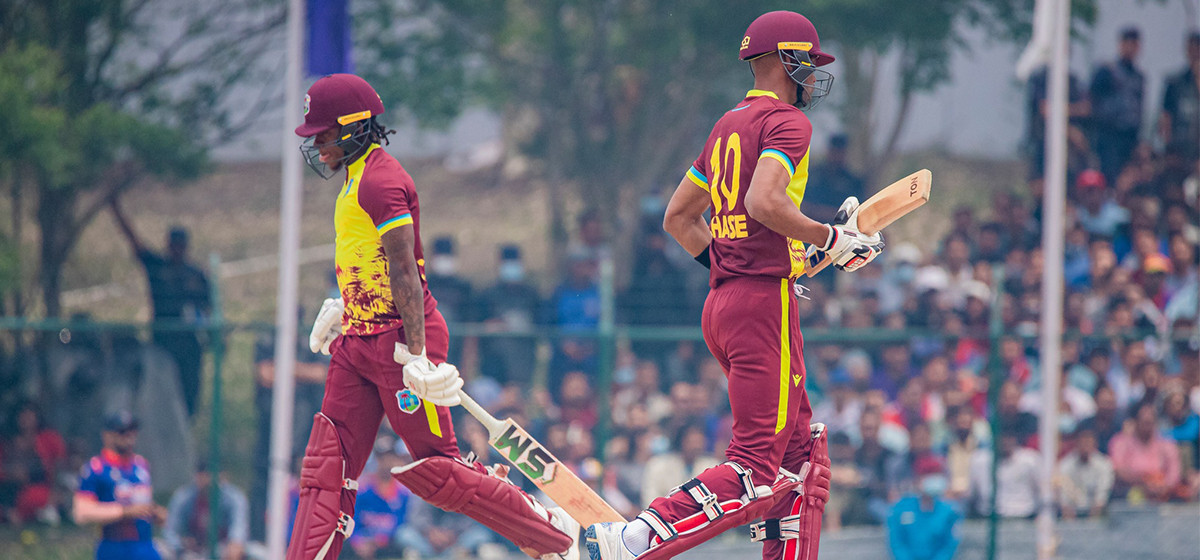



Just In
- Nepal Investment Summit (live)
- Second T20 match: Nepal loses to West Indies ‘A’
- Bajhang by-polls update: 400 ballots counted so far
- Vote counting update: NC takes lead in Ilam-2
- People urged to take caution as Terai region including Lumbini province experiences sweltering heat
- School Principal arrested for allegedly facilitating fake examinees in Grade XII examination
- Stepdaughter arrested on charges of murdering her mother
- Five shops and a vehicle workshop gutted in Shankhamul fire














Leave A Comment